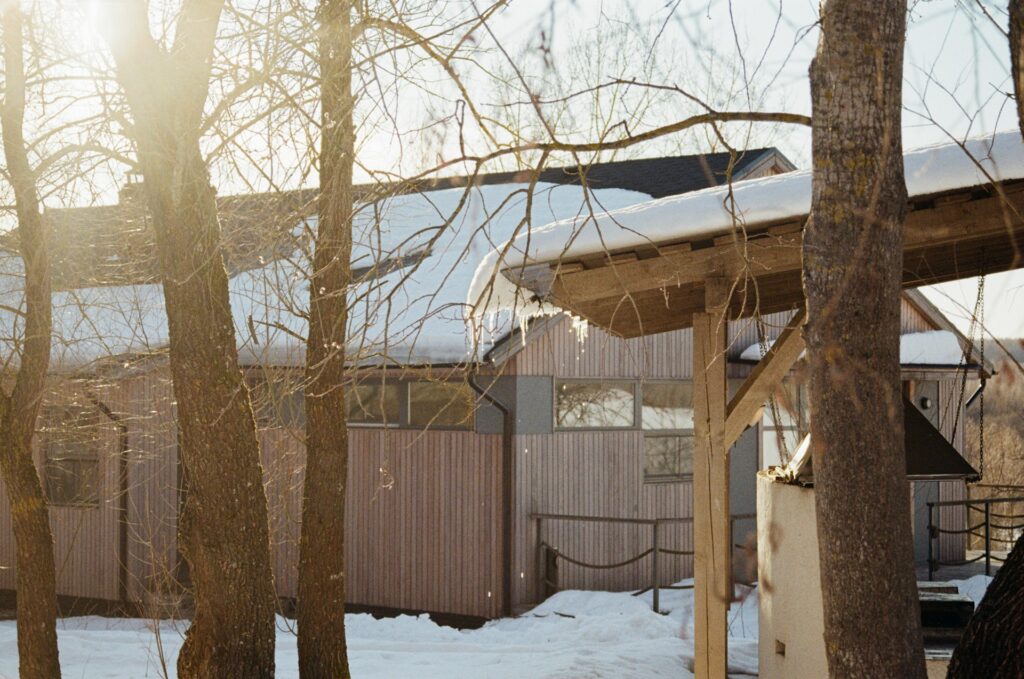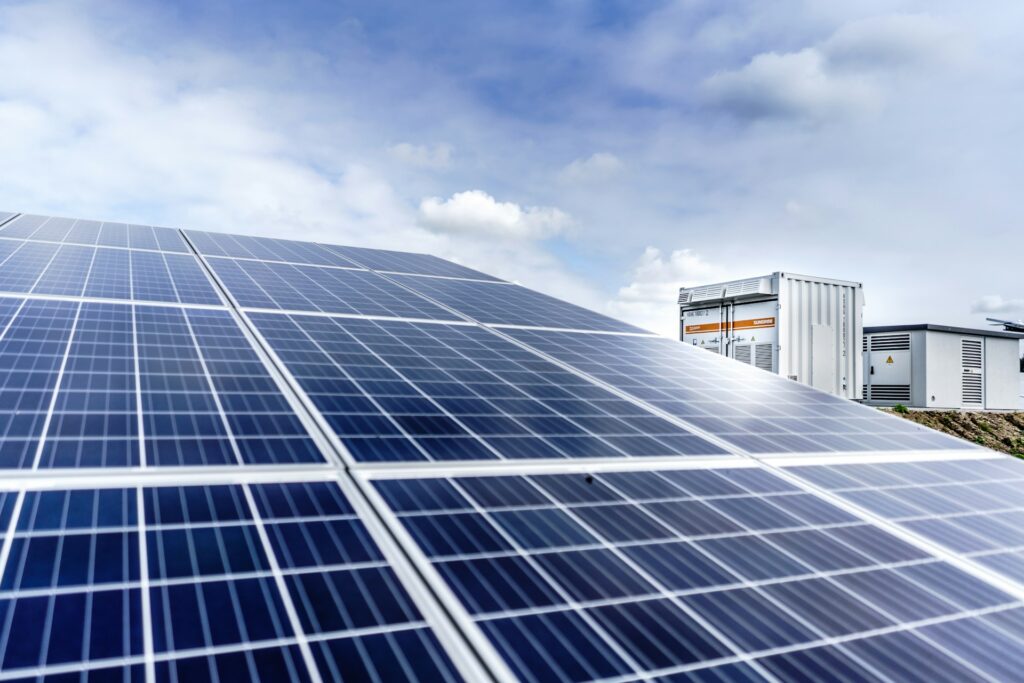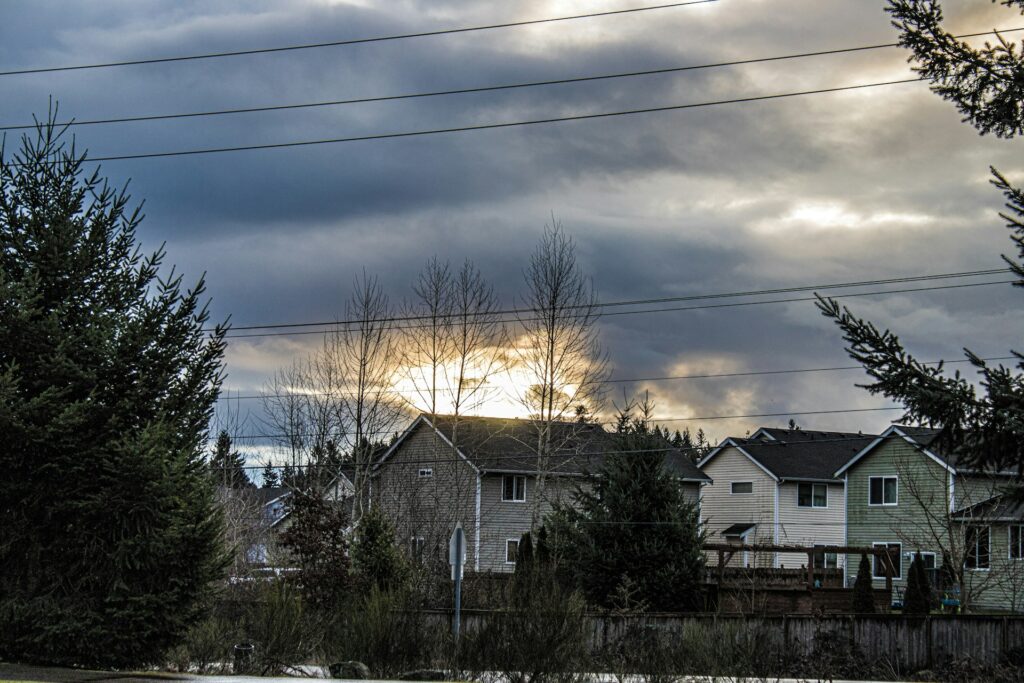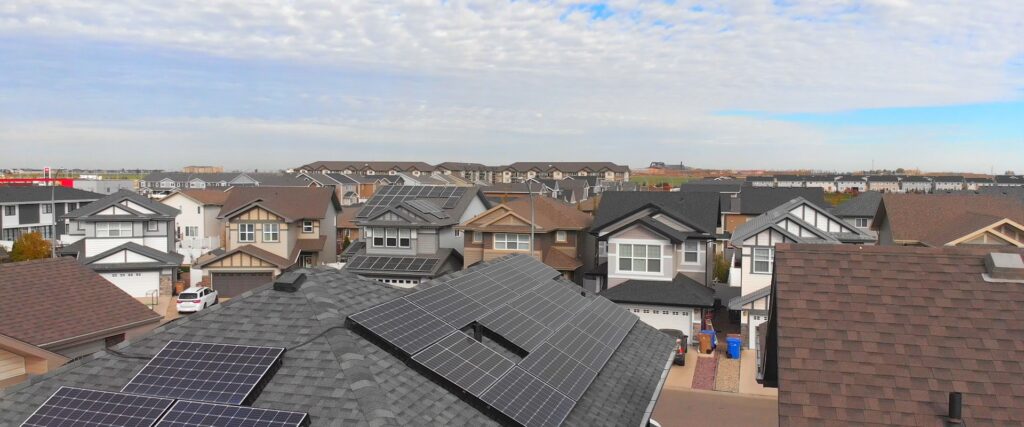Thinking about solar for your daily work? Solar panels for farms provide critical, cost-saving power across agriculture. The most common applications involve running your irrigation systems, maintaining essential cold storage units, and providing dependable electricity for off-grid ranch pumps. Adopting solar is a smart way to lock in low energy costs and gain energy independence from unreliable utility rates.
Using Solar Panels on Agricultural Farms
Let’s face it: being a farmer means dealing with countless things you can’t control the weather, the markets, and especially that massive, unpredictable energy bill. The cost of running a modern farm can be huge, and utility prices just keep rising. That’s why savvy farmers everywhere are ditching the grid uncertainty and turning to solar panels for farms. This technology offers some of the smartest, most reliable solar energy solutions for agriculture available, helping you stabilize those massive operating costs and secure your power for the long haul.
Why Solar Energy Matters in Modern Agriculture
You know better than anyone that farming is an incredibly energy-intensive job. You’re constantly moving water, cooling goods, and powering large equipment. All that movement requires expensive fuel or relying on grid electricity, which can feel like a roll of the dice when the bill arrives.
When you install an agricultural solar panel system, you’re doing two fantastic things for your business:
-You’re Cutting Down Costs:
After you pay for the initial installation, the electricity that the solar system generates is basically free. That means you get to lock in super-low operating expenses for the next 25 years or more, protecting your farm from frustrating utility rate hikes.
-You’re Boosting Reliability:
When the power goes out, the consequences can be devastating especially for things like cold storage or barn ventilation. Solar, particularly when paired with a good battery system, gives you crucial independence and backup power when you need it the most.
Top Use Cases of Solar Panels on Agricultural Farms
Where exactly do farmers utilize this solar power? Everywhere! From the main barn to the most remote pasture on the back forty, solar panels for farm use are incredibly versatile.
Solar-Powered Irrigation Systems
This is often the greatest area of savings. Those big, heavy-duty irrigation pumps on crop farms use an insane amount of electricity. Switching them to solar power can immediately cut a farm’s largest single energy expense. The best part? You need to pump the most water exactly when the sun is shining its brightest.
Solar for Livestock Operations
Healthy animals require consistent, reliable power. Agricultural solar panels are used to run:
-Ventilation fans and climate control (essential for poultry and swine).
-Automated feeding and watering systems.
-Powering dairy milking equipment.
-General lighting for workspaces and animal care.
Solar Cold Storage & Refrigeration
If you grow produce, fruits, or dairy, spoilage is not bearable. Solar cold storage is actually perfect because it generates its maximum power during the afternoon, which is precisely when your refrigeration units are working the hardest to keep things cool.
Solar Water Heating for Cleaning & Processing
Many farm businesses like dairies, meat processors, or produce washing facilities need enormous volumes of water for cleaning and sanitation. Using solar systems to heat this water can drastically cut down on expensive fuel bills.
Off-Grid Solar on Ranches and Remote Farms
Anyone with a large property knows the nightmare of getting electricity to a remote corner. Off-grid solar on ranches provides a simple, standalone solution for remote needs like:
-Remote water troughs and well pumps.
-Security cameras and remote monitoring stations.
Agrivoltaics (Dual Use of Land)
Agrivoltaics is the revolutionary idea where you use the same plot of land for both solar generation and farming. By mounting the solar panels slightly higher off the ground, you can:
-Grow specialty crops that benefit from the partial shade underneath the panels.
-Allow sheep or other livestock to graze beneath the array (a neat way to keep the vegetation trimmed, too!).
Solar Farms on Agricultural Land
For farmers who have large, non-irrigated, or low-yield sections of land, leasing that acreage to developers for utility-scale solar farms on agricultural land provides an incredibly stable, guaranteed income stream.
Benefits of Solar Panels for Farm Use
What’s the big picture payoff for investing in solar for farm operations?
- Massive Cost Control:
The top benefit is cutting monthly utility expenses, allowing energy savings to be reinvested into the farm.
-
Environmental Stewardship:
Using clean energy improves the farm’s environmental profile, which is important for consumer branding.
-
Tax Incentives and Depreciation:
Generous federal and state incentives, plus accelerated depreciation, can make the upfront cost of the agricultural solar panels much easier to swallow.
-
Increased Property Value:
A farm with an established, low-cost energy source is simply more valuable when the time comes to sell.
Challenges and Considerations
Going solar isn’t a flip of a switch; it requires careful planning:
-
Initial Investment:
Solar arrays are a large capital expense right at the beginning. Financing is often necessary to manage this cost.
-
Space Requirements:
Panels take up space, and you need to decide if that land is better used for crops, grazing, or energy production.
-
Financing Expertise:
Securing the best grants and tax benefits often requires working with specialists who understand farm financing rules.
How to Implement Solar on Your Farm (Step-by-Step)
Ready to move forward with farm solar panels? Here’s a simple process to get you going:
1. Analyze Your Needs:
Review at least 12 months of utility bills to determine your total electricity usage and peak demand times.
2. Evaluate Your Site:
Have a solar professional assess your land, shade issues, and where you need the power the most (e.g., the irrigation pump or the barn).
3. Secure Financing:
Identify the best federal and state grants, tax credits, and financing options available to agricultural businesses.
4. Design the System:
Choose the right equipment (e.g., ground-mounted, roof-mounted, or Agrivoltaics) and the correct inverter type for your power needs.
5. Installation and Monitoring:
Once it’s up, use monitoring software to track production and ensure the system is hitting its targets right away.
Frequently Asked Questions (FAQ)
- What are the main uses of solar panels on farms?
They primarily run electric motors for irrigation systems, power lights and fans in livestock barns, and provide reliable energy for refrigeration and cold storage to prevent spoilage. They’re also perfect for electrifying remote gates or pumps far away from grid connections on large ranches.
- How much do solar panels for farms cost?
The initial cost varies widely depending on the size you need. However, the true net investment is heavily reduced by significant tax credits, depreciation bonuses, and federal grants that are specifically available to the agricultural sector, often making it a wise long-term investment.
- Can I use agricultural land for solar farms?
Yes, you absolutely can! Many farmers lease a portion of their land for large, utility-scale solar farms on agricultural land. Alternatively, innovative techniques like Agrivoltaics allow farmers to use the same land for both energy generation and crop cultivation/grazing simultaneously.
- Are solar panels suitable for small farms?
Yes, they’re a perfect fit for smaller operations. Even a modest system can totally offset the electric bills from the homestead and a small processing shed. They also offer crucial backup power. The financial impact of saving on energy is equally important, no matter the size of the business.
- Do solar panels work during cloudy days?
Yes, they do generate power even when it’s cloudy! While heavy clouds will certainly reduce output (sometimes by 50% or more), modern PV cells still manage to capture the diffuse sunlight. For maximum reliability, most farm systems are tied to the grid or paired with a battery backup.
Conclusion
The shift to solar energy solutions for agriculture isn’t just about going green; it’s a smart business decision. By powering everything from irrigation to refrigeration with the sun, farmers are stabilizing their energy costs and ensuring their operations remain profitable and resilient for years to come.
Ready to see how much energy you could save? Contact RAR Energy now to schedule a complimentary consultation for your farm.





